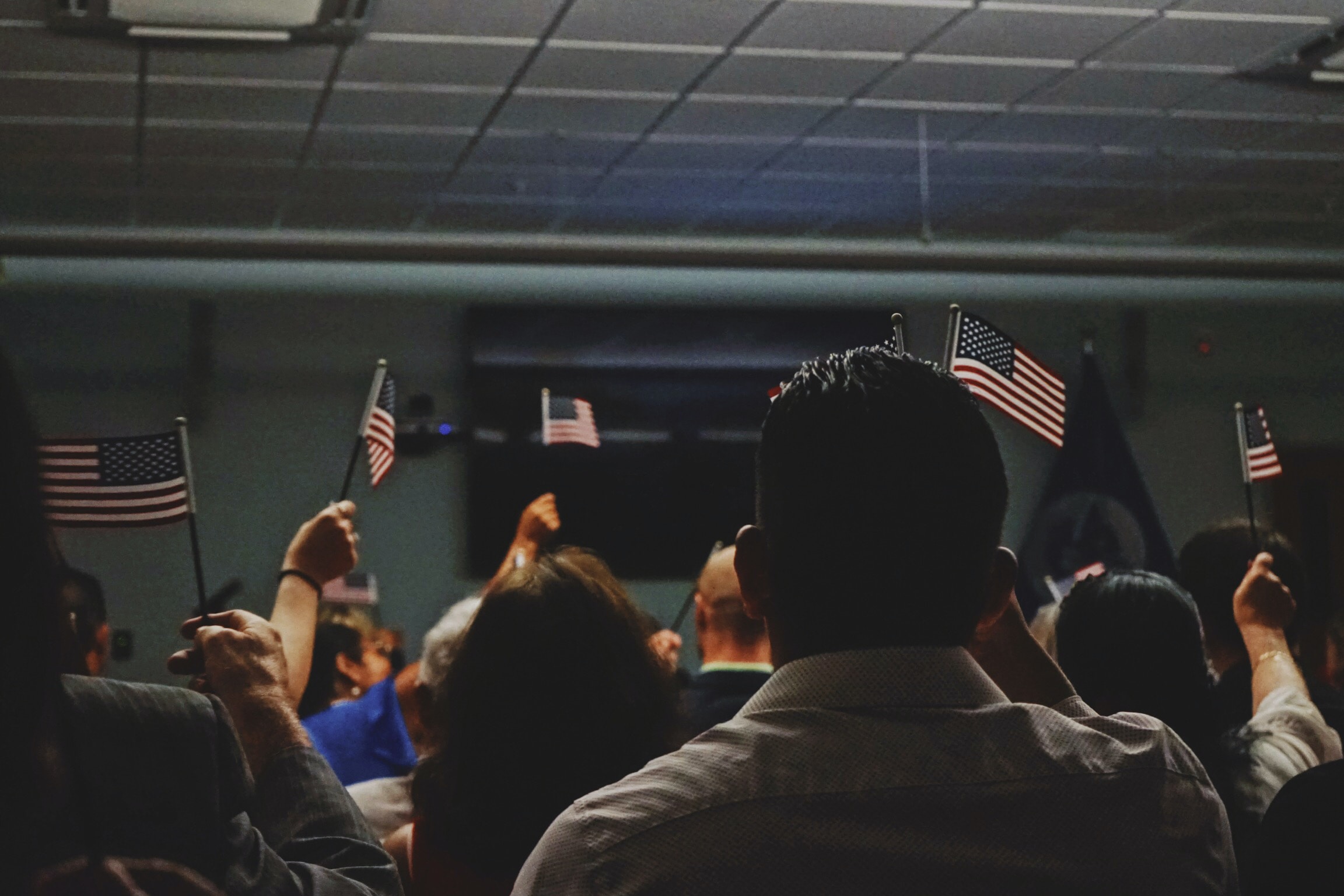Migration has been a part of human history for centuries, with people moving from one place to another in search of better opportunities, safety, or a better life. However, in recent years, the issue of migration has become a contentious topic, with debates about the impact of border control on migration patterns. In this article, we will examine the pros and cons of border control on migration patterns.
What is Border Control?
Border control refers to the measures taken by a country to regulate the movement of people, goods, and services across its borders. These measures can include the use of physical barriers such as walls or fences, the deployment of border patrol agents, and the implementation of immigration policies and procedures.
Pros of Border Control on Migration Patterns
1. National Security
One of the primary reasons for implementing border control measures is to ensure national security. By regulating the movement of people across borders, countries can prevent the entry of individuals who may pose a threat to national security. This can include terrorists, criminals, or individuals with a history of violence.
2. Economic Benefits
Border control measures can also have economic benefits. By regulating the movement of goods and services across borders, countries can protect their domestic industries from foreign competition. This can help to create jobs and stimulate economic growth.
3. Control over Immigration
Border control measures can also give countries greater control over immigration. By implementing immigration policies and procedures, countries can ensure that individuals who enter their country are qualified and meet certain criteria. This can help to prevent illegal immigration and ensure that immigrants contribute positively to the country.
Cons of Border Control on Migration Patterns
1. Human Rights Concerns
One of the main concerns with border control measures is the impact they can have on human rights. By restricting the movement of people across borders, countries can prevent individuals from seeking asylum or refuge from persecution or violence. This can lead to human rights violations and can be seen as a violation of international law.
2. Economic Costs
Border control measures can also have economic costs. The construction of physical barriers such as walls or fences can be expensive, and the deployment of border patrol agents can be costly. Additionally, restrictions on the movement of goods and services can lead to higher prices for consumers.
3. Social Impacts
Border control measures can also have social impacts. By restricting the movement of people across borders, countries can create divisions between different groups of people. This can lead to social tensions and can make it more difficult for individuals to integrate into society.
Conclusion
In conclusion, the impact of border control on migration patterns is a complex issue with both pros and cons. While border control measures can help to ensure national security, protect domestic industries, and give countries greater control over immigration, they can also lead to human rights violations, economic costs, and social tensions. Ultimately, the decision to implement border control measures should be based on a careful consideration of these factors and a commitment to finding a balance between security and human rights.




